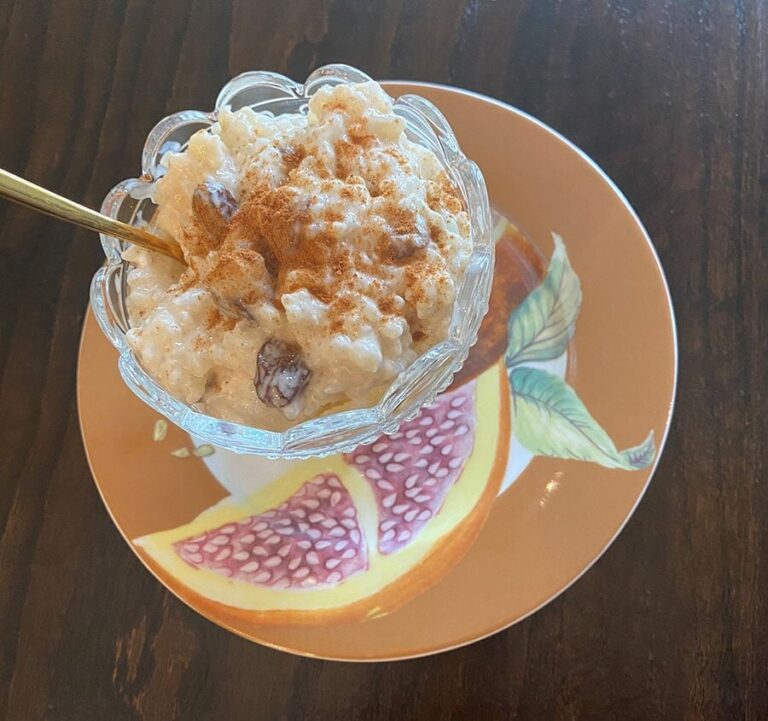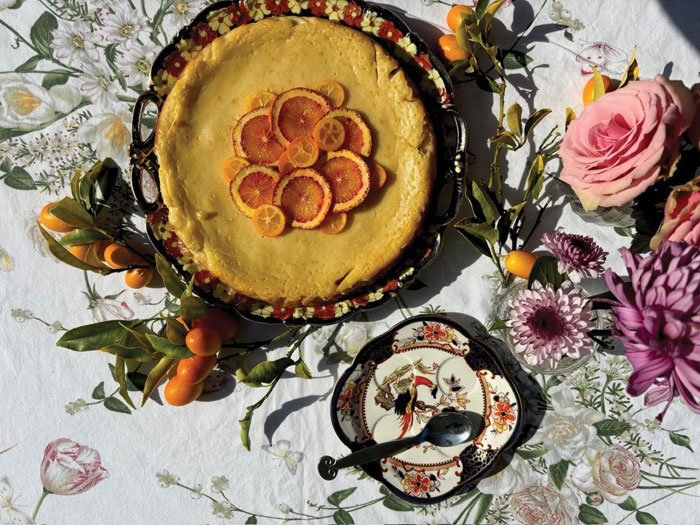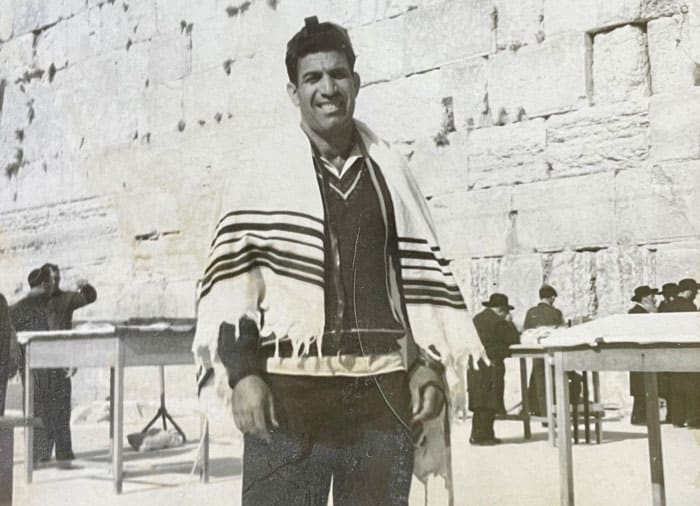An Orange Soup to Capture the Moment
This last week, orange made the biggest statement. Orange balloons, orange sweatshirts, orange ribbons and orange heart emojis symbolized our heartbreak, our pain, our sorrow.

As a child of the 70’s, I remember orange as a predominant color. Alongside brown, avocado green, dark purple and golden yellow, burnt orange featured in clothing, automobiles and interior design.
I remember the little orange sports car my uncle drove. The ultramodern orange vinyl dining chairs in my grandparents home. The iconic orange floral Finnish brand Marimekko wallpaper in my aunts home (with a shiny orange plastic dome light fixture to match). And of course, I remember wearing plenty of orange floral dresses and even a favorite pair of rust corduroy pants.
Nowadays, we live in a more monochrome age, where a pop of bright yellow, orange or green makes a statement.
But this last week, orange made the biggest statement. Orange balloons, orange sweatshirts, orange ribbons and orange heart emojis symbolized our heartbreak, our pain, our sorrow, our trauma over the tragic fate of the sweet, innocent redhead Bibas boys, Ariel and Kfir and their beautiful mother Shiri.
This week, Rachel decided she was making a vegetarian harira soup. This nutritious soup is full of bright orange root vegetables — butternut squash, sweet potato and carrots. Pulses — red lentils and garbanzos. Aromatics — celery, onions, Italian parsley and cilantro. And spice — harissa, turmeric, cumin and black pepper.
In the souks, restaurants and homes of Morocco, harira is traditionally made with beef, lamb or chicken. It is a very popular, inexpensive street food widely available at roadside stalls. This zesty soup is perfect for a quick hearty meal on the go.
Harira is eaten by the Muslims to break the fast during Ramadan. And like so many other culinary influences, this soup was adopted by the French-speaking Moroccan Jews.
The name harira comes from the Arabic word for silk. And harira soup has a rich, velvety, smooth texture because it is made with a “tedouira,” a thickener made from flour and water. But in this recipe, Rachel kept it gluten-free by replacing the flour mix with an egg whipped with fresh lemon juice.
As children, Rachel and I grew up hearing Arabic. Rachel on the streets of Casablanca, where she lived until she was eight years old. And I in my grandparents home in Sydney, Australia.
How tragic that the last words Ariel and Kfir heard were hateful Arabic words and voices.
One day Moshiach will come. In the meantime, we will be comforted by remembering the sweetness of those little boys and this warm, delicious orange soup.
—Sharon
HARIRA MOROCCAN VEGETABLE SOUP
1/4 cup olive oil
2 large onions, chopped
2 tsp ground turmeric
1 tsp ground cumin
1 tsp freshly ground black pepper
2 tsp salt
1 Tbsp harissa paste or 1 teaspoon red chili flakes
4 celery stalks, chopped
2 large carrots, peeled and chopped
1 large sweet potato, peeled and diced
4 cups butternut squash, peeled and diced
1 large Yukon gold potato, diced
2 large zucchini, chopped
1 bunch Italian parsley, chopped
1 bunch cilantro, chopped
1 15oz can diced tomatoes
2 Tbsp tomato paste
8 cups vegetable stock (or water)
1 15 oz can chickpeas, drained
1 cup red lentils, rinsed
1 large egg
1/3 cup lemon juice
Heat the oil in a large skillet over medium heat and sauté the onions until they start turning golden. Add the turmeric, cumin, harissa or chili flakes, salt and pepper and sauté together with the onions for 2 to 3 minutes.
Add the celery, carrots, butternut squash, sweet potato, potato and zucchini, then stir to coat vegetables with the spice mixture.
Add the parsley, cilantro, tomatoes and tomato paste and stir.
Add the vegetable broth and bring to a boil, then add the lentils and garbanzos. Cover the pot, lower heat and simmer for an hour.
In a small bowl, whisk the egg with the lemon juice until smooth. Stir into the soup, then allow the soup to simmer for 5 minutes.
Garnish soup with cilantro and parsley.
Sharon Gomperts and Rachel Emquies Sheff have been friends since high school. The Sephardic Spice Girls project has grown from their collaboration on events for the Sephardic Educational Center in Jerusalem. Follow them
on Instagram @sephardicspicegirls and on Facebook at Sephardic Spice SEC Food







